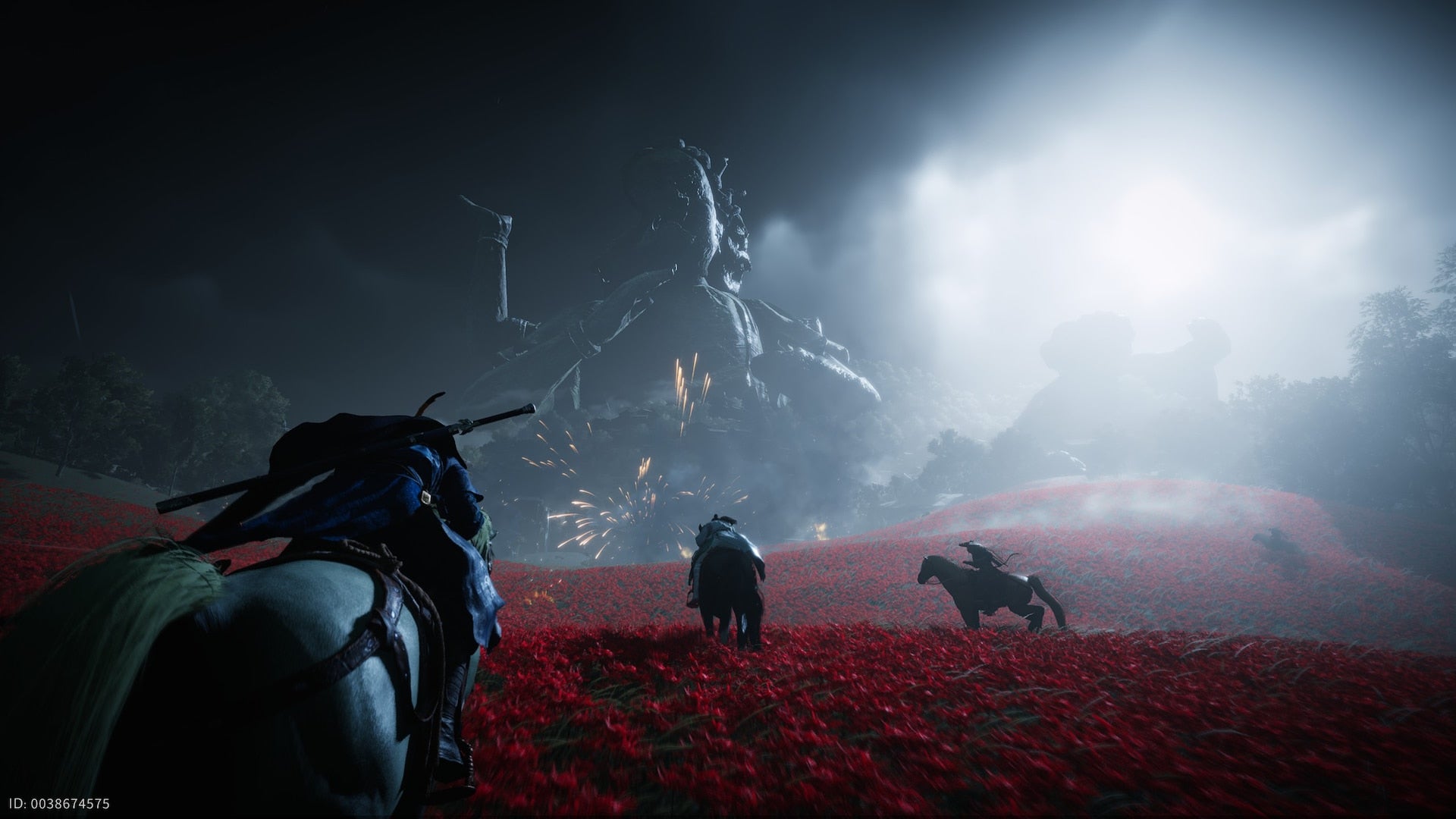The first piece of information I got about ““Where Winds Meet”” was: “You can throw a bear into a rock”. From that moment on, Everstone Studio and NetEase games project was on my radar. Being able to throw a bear, Wuxia combat, and a cool world to explore? Sounds like a dream come true. After putting a couple of dozen hours on it. Some of it did indeed became true, the rest…well… it’s complicated.
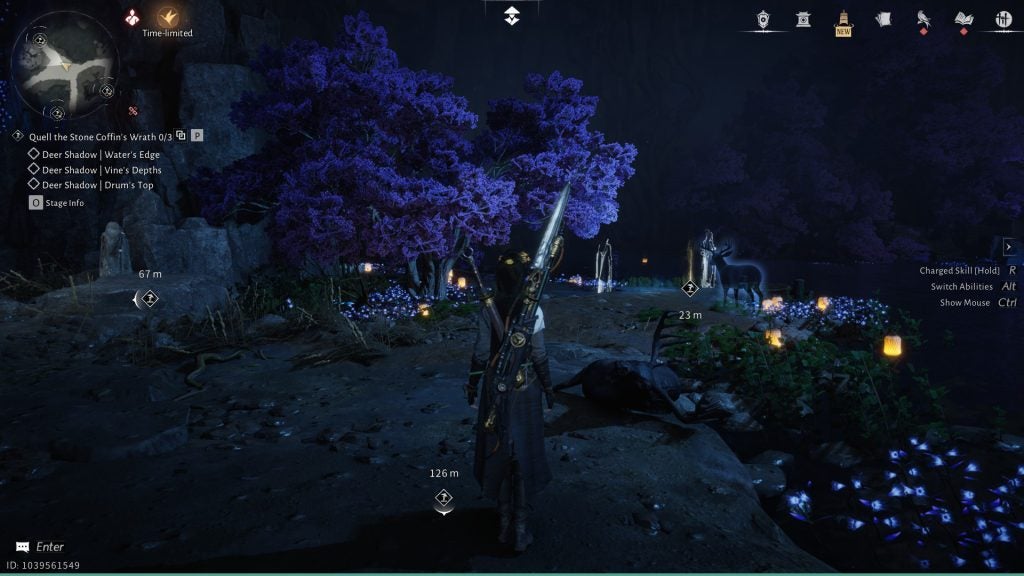
But even before I was throwing bears into rock and all sorts of mischiefs, “Where Winds Meet” throws me at the deep end. I’m being chased because of a jade Pendant and every faction in the Jianghu — the game’s setting — wants it. It’s a great opening and a good soft tutorial, I’ll give the team that. Also, it sort of sets the tone of what to expect from some major set pieces. I’m talking about riding horses, avoiding arrows, great use of lighting, amazing soundtrack. All of that culminating in a boss fight.
On the combat side, “Where Winds Meet”, at least at first glance, is one of the most responsive free-to-play combat games I played in a long time. It is easily up there with Black Desert Online and Naraka Bladepoint — and don’t you dare talk crap about it in front of me — an incredible variety of skills that really pushes you to understand the boss mechanics. I was still at the mix of intro and tutorial, of course, so I knew I would have to work hard to get those. But still, a great first impression. Especially with the way Everstone Studio borrows some light mechanics from Souls Likes, from dodges to parries but not in a way that it feels overwhelming.
But I’m really getting ahead of myself here — something that I do quite often —, combat isn’t the main focus of “Where Winds Meet” past the opening. At least not to the extent it was showcased to me. It was more of a “here’s what you can expect once you reach a higher level”.
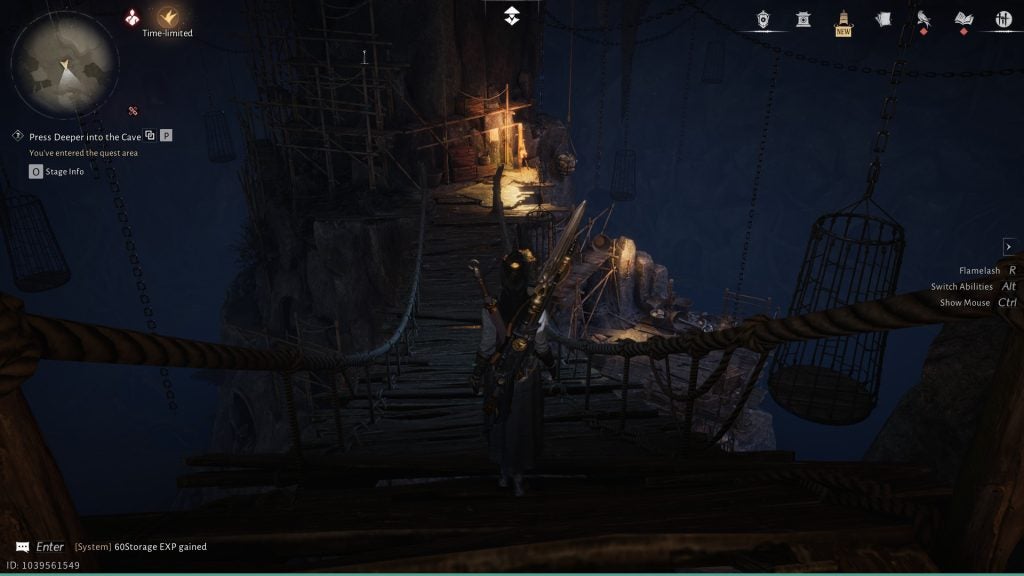
The opening minutes are a “flash-forward” so to speak, the real story starts with my character having her jade pendant stolen by a mysterious person in a dark outfit. Of course, this being a heavily inspired Wuxia title, this comes with an intense battle with full blown choreography and, once again, props to the team for the great animation that they pulled off during these scenes.
After getting knocked out cold, a character named Ruby wakes me up because I promised to take her to the General’s Shrine. I was finally free, well, mostly, in the world of Jianghu. Two goals were laid in front of me, take ruby to the General’s Shrine and find more about who took the jade pendant.
As soon as I climbed the first mountain, my reaction was: “Oh… Oh god”. I cannot explain in words the sheer scale of Jianghu. Calling it massive is being extremely, and I mean, extremely reductive. It is overwhelming, both in a good and in a bad way.

Before you even start the game, “Where Winds Meet” asks what level of guidance do you want: Minimum, moderate, or detailed. I chose the third. Do not make the same mistake as me. Once the game opens up you will be overwhelmed with icons pointing to all sorts of locations. Chests, side quests, side quests, encounters, points of interest, martial art skills. It’s… a lot.
For the majority of the first 15 hours I stuck to the main quest, doing the occasional sequester if I happen to be on my way to the next objective. I do believe that is the best way to experience “Where Winds Meet”. Not only because the main quest is the best part of the game, but also because it’s the most polished one.
A word of warning: If you haven’t played Wuxia inspired games, even the major plot will be a bit overwhelming. “Where Winds Meet” throws a lot of terms and concepts without prior explanation. Its par for the course with such games, but far from its biggest issue.

Although it started with a bang during the tutorial section, the main story takes a while to pick up. The game tries to make you feel like you’re part of Jianghu, showcasing minor locations, making sure you’re not “missing out” on side content that might or not be connected to the main plot.
I wish I could say I ended up more invested in the story itself, but there was so much foreshadowing that could turn Jianghu into an endless solar eclipse. And even with this much foreshadowing, I had moments where I stared at the screen for a couple of seconds trying to parse what just happened, not because it was something amazing or a plot twist, but due to translation issues.
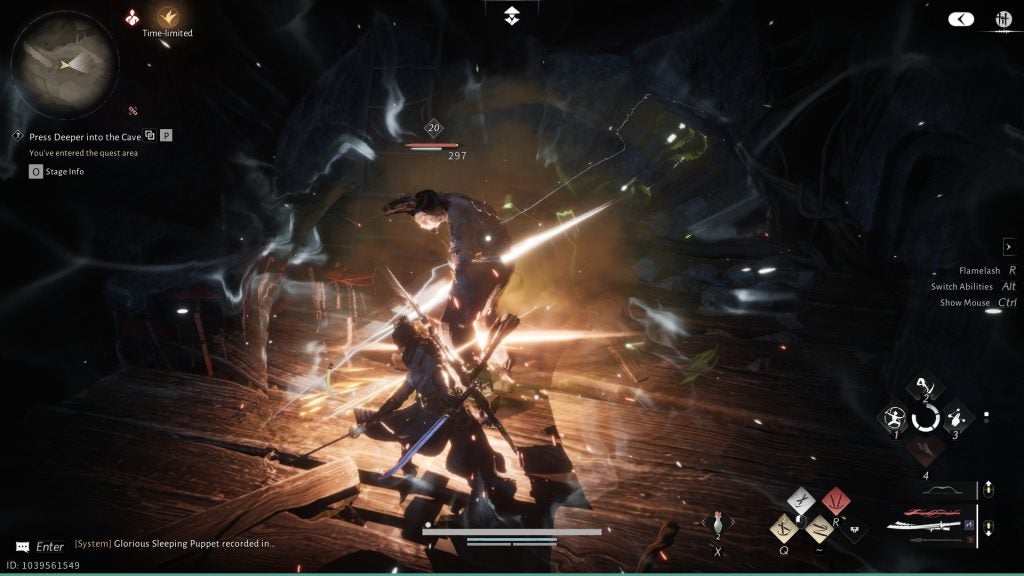
I played my fair share of games with odd translations, be it in English or in my native language, Brazilian Portuguese, — Hero’s Adventure: Road to Passion and Sword and Fairy 7 comes to mind — but “Where Winds Meet” tested my patience at every corner. Subtitles rarely matched the words coming from characters mouths, sometimes they would be completely different to the point where I wondered if I stumbled on a random NPC conversation.
Even during pivotal moments, such as a section where I was exploring a dungeon to find out the whereabouts of a major character, and if that character was tied to some sort of ritual that changed people’s faces, the game stumbled hard. I came across documents that made no sense at all or if they did, they were referencing something about the world that I haven’t heard before.
But the tone in which a lot of those are written reads like it’s just there for filler, almost as if someone said “Okay, look, we need to have an explanation for this or maybe some hints” and someone hastily scribbled whatever was in their head at the moment.
I’ll say this though, when the main plot hits some of the high points, they’re really, really high. It’s peak Wuxia. It’s drama, its over-the-top, it is inevitable you’ll be invested in some characters just to see where they’ll go from there. Does it pays off? Well… it’s best if you see it for yourself.

I kept trucking along for one thing, and one thing only: the combat. As I said above, it really excels where a lot of free-to-play titles end up lackluster. “Where Winds Meet” offers some great variety on how to tackle fights — especially if you are a masochist like me and decide to play on anything higher than standard. My weapons of choice were dual blades mixed with a spear that gave me higher defense with one of its special abilities.
There are a lot of martial skills to learn, a lot of ways you can slightly tweak your build in order to make it shine. It more than makes up for the “lack” of weapon variety — most weapons are separated in multiple “arts” so to speak but don’t expect uniques or some extremely rare weapon that will give you a one of a kind ability. On the other hand, for me to get some of these abilities and arts, which means tackling the games’ side content. And this is where I went “Oh god”, again, for the worst possible reasons.
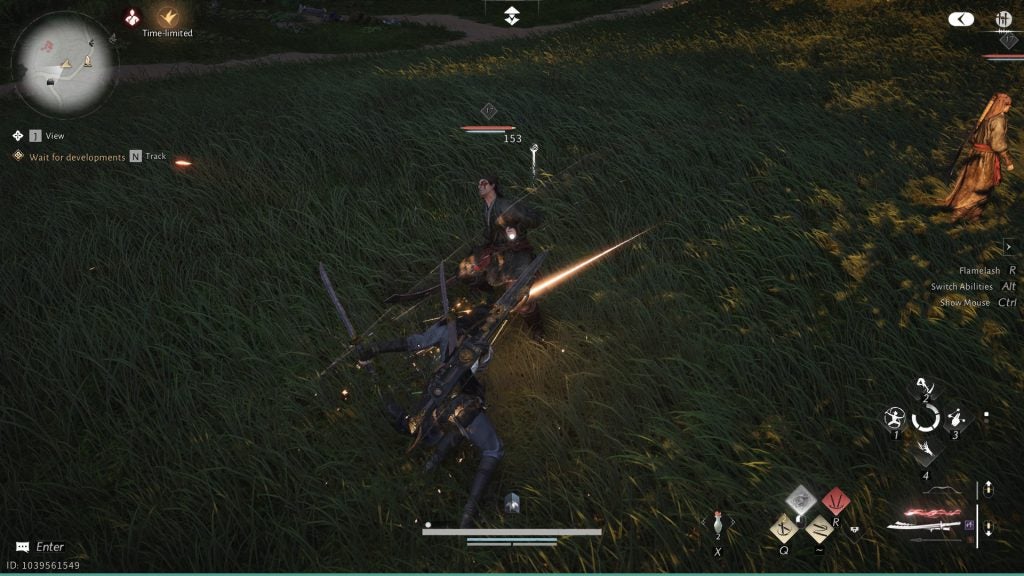
“Where Winds Meet” has a lot of systems, and I mean, a lot. You have your usual level progression, you have a secondary level progression, you have profession levels, you have multiple currencies, passive skills, the list goes on. Almost every entry has its own menu and if it wasn’t for a codex and the journal — both lifesavers —, I would’ve been completely lost. Almost none of these systems were explained or even properly introduced. To make matters worse, such systems rarely interact with one another.
Look, I am no stranger to free-to-play games, and I understand why “Where Winds Meet” has so many systems, mainly to keep you engaged with. But, if at least they would explain to me how some of them worked it would’ve made my life so much easier, and the game more fun overall. That’s the tip of the iceberg, though.
The more time I spent not only looking for new skills to get, more I noticed “Where Winds Meet” free-to-play trappings. It is a very generous game in terms of how much currency and material it gives you to level up your gear — and, yes, every gear has a specific level that isn’t necessarily tied to the gear you’re wearing, and if I try to explain how it works, I will go insane. But a lot of the side activities are shallower than a puddle.
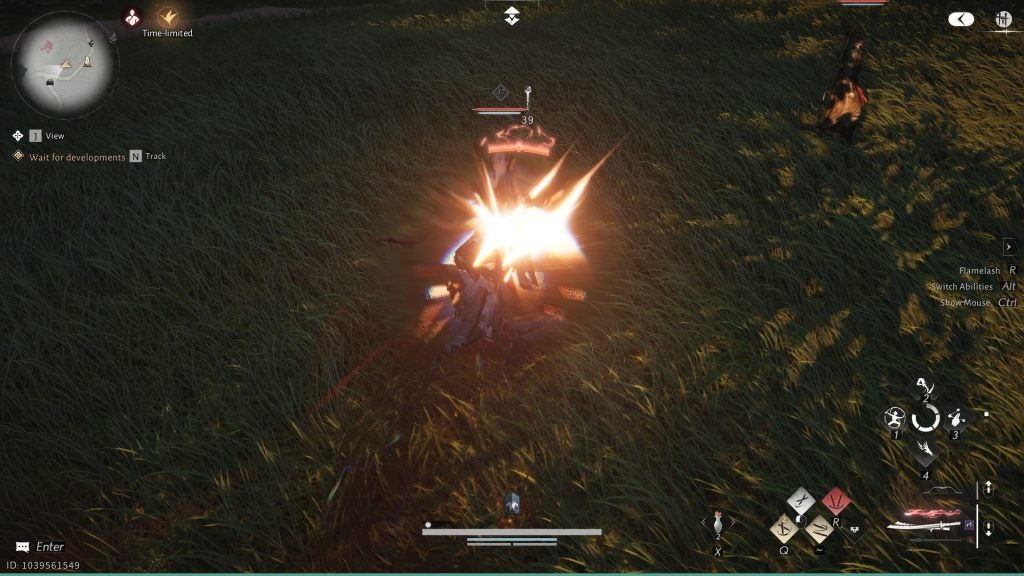
Take the “you can throw a bear” part that I wrote at the beginning of this article. It shows up very early in game and it acts a tutorial as to how you can “study” certain characters and learn skills. In the bear case, I learned tai chi. Look, just… don’t ask, okay? The bear somehow knew tai chi, and I just rolled with it. My point is that it was a great use of the “study” mechanic and it didn’t showed up in the same way again until halfway through the main quest.
Most “studies” can be boiled down to variations of using a skill called Meridian Touch. Outside of combat you can immobilize someone and make them improve their posture or you can “guess” which of their acupoints need adjustment. Look, I am not going to pretend I’m an expert in acupuncture so a lot of it flew over my head. What matters is that in return they will reward you with echo jade, a special form of currency that is used to buy certain materials. This is the most common form of “study” you’ll come across the first region of the game.
The thing is, “Where Winds Meet” is absolutely littered with these kind of activities that rarely amount to something. Sometimes you get currency, other times some materials, maybe experience. It’s all a blur in my head at this point because there’s barely any reason to check your inventory or even the notifications to see what you got from doing an activity. Mind you, I’m not advocating that every in game activity should give you a reward. I actually despise this kind of positive reinforcement, but if you’re implementing it in a game, at least it worth my time.
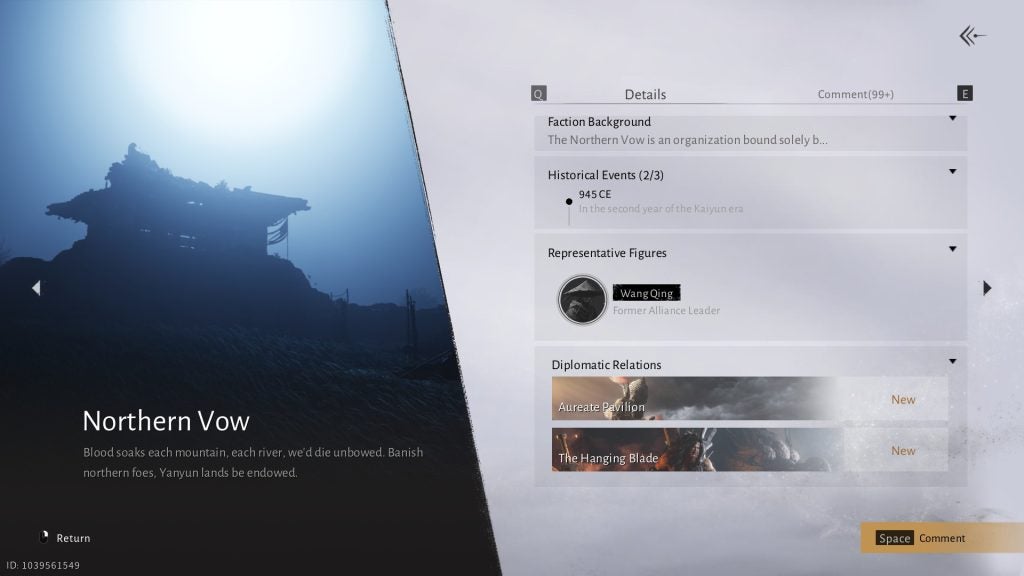
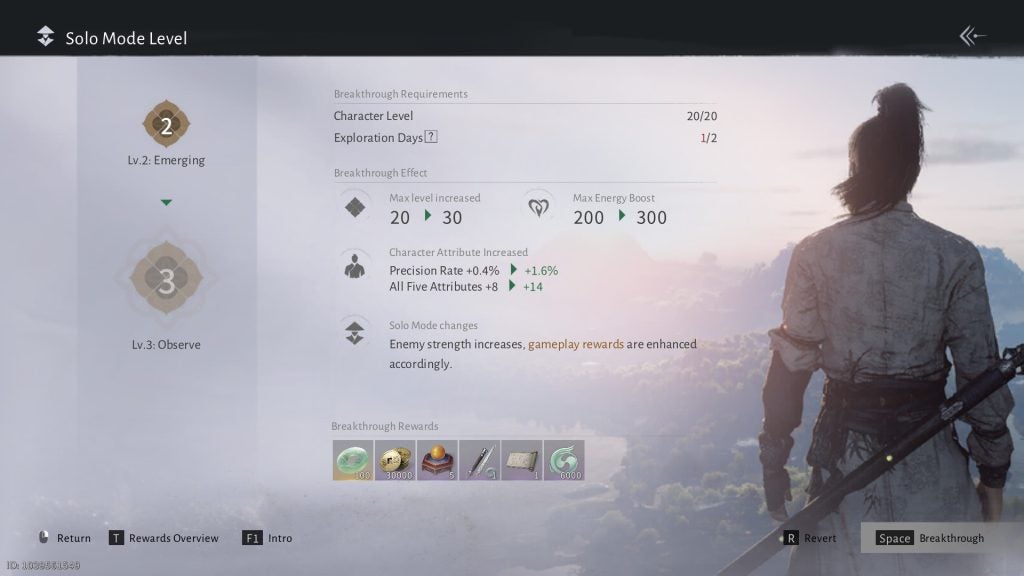
But hey, maybe the side quests can’t be that bad, right? You’re absolutely correct! Most of them are fun to do, the issue is understanding some of them. If the main quest has translation issues, side quests range from “oddly worded” to borderline incomprehensible.
Some random NPC asked me to find an “Inner Way manual” — at least it’s what I gathered from our conversation, but if I’m being frank, I just followed the waypoint due to his ramblings making no sense to me. A few minutes later I found myself in a dungeon fighting an army of snakes to snag a torn page and then solving a puzzle that took me more time than I expected due to how intricate it was. I returned the page to him and never heard from him again, I hope he’s happy with his page.
At one point the game gave me a tip that I should “befriend” an NPC to get even more rewards. “Uh, okay, I guess”. I went back to the General’s Shrine and found a character that was feeling down. I expected a quest, maybe some random assignment / quest, but no. The game opened a chat page like I was talking in an instant messenger and asked me to talk with an AI chat bot.
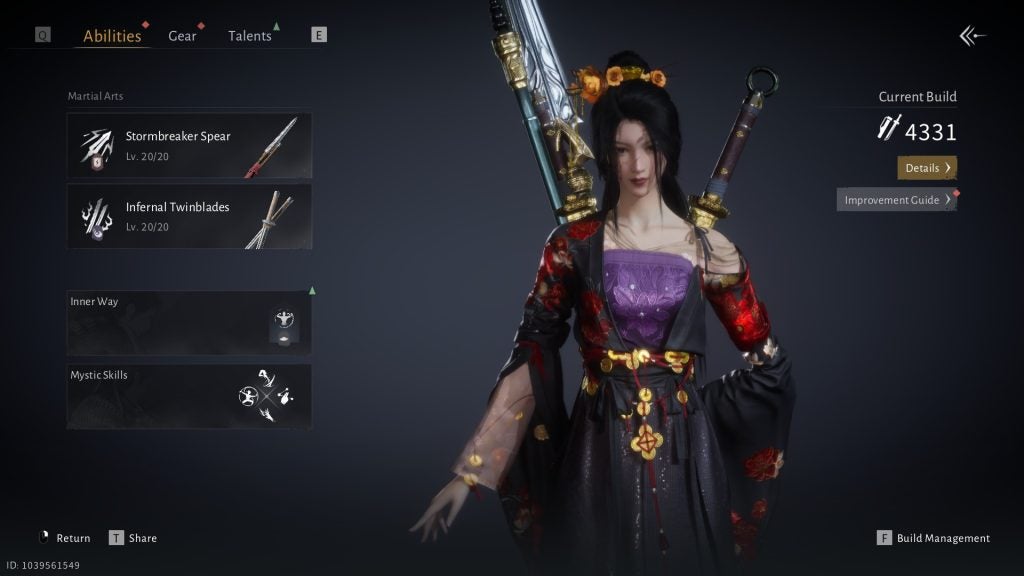
No, I am not making this up. I had to cheer the bot up to improve my friendship with this character. Excuse me? Why wouldn’t you… you know… just give me the traditional “wheel of choices” with predefined answers? It was like I was playing an old text adventure game, but 100 times worse. I tried multiple replies, none worked. I ended up befriending a stall merchant after buying 20 dishes from her. What I got in return? More materials. Yay…
Funnily enough, such materials and a tome were delivered in the same instant messenger interface I used to chat with an earlier NPC like it was some sort of email attachment. It seems that the World of “Where Winds Meet” is much more advanced than it appears to be. I wonder where they’re hiding this advanced technology
I am not saying that you won’t enjoy it. Maybe you will, maybe you will find fun in drinking a special kind of alcohol, turn into a Shiba Inu and play mahjong’s with other players, or maybe even tackle the battle royale mode (because of course there is a battle royale). I had fun running some boss gauntlets to obtain more rewards. And, as I mentioned multiple times, the combat is one thing I can’t get enough of “Where Winds Meet”.
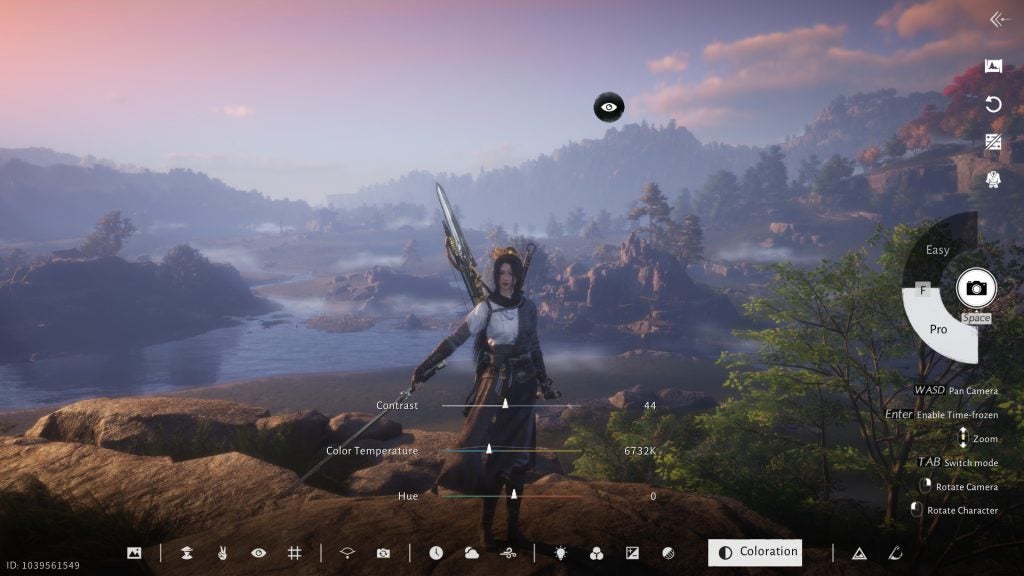
But I wanted to get back to the main quest as soon as I could. Now, you might be asking yourself: “Lucas, why on earth weren’t you playing the main quest then?”. Well, you see… I was time gated.
Bear with me because I must now explain how leveling in “Where Winds Meet” works. You have your base character level that goes up to 60+, your martial mastery which is the sum of your attributes, and you have the solo mode level. The last one can only be achieved once you hit certain requirements, such as having your character level 20/30/40 and martial mastery of a specific number. And here I was thinking that Genshin Impact’s leveling was confusing.
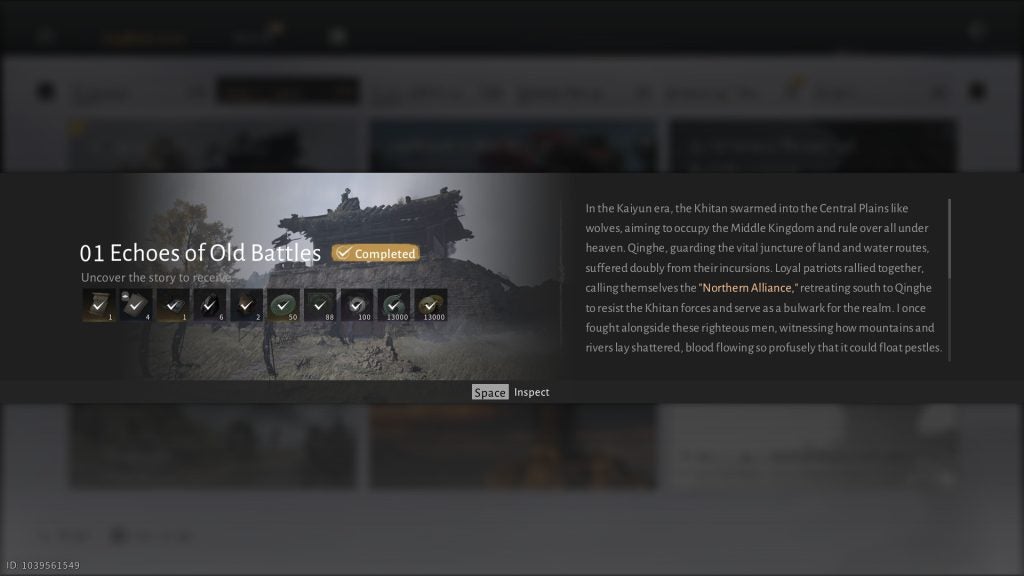
Once you have the requirements, you must pass a Breakthrough Test, nothing than a glorified wave based mode that gets harder the higher your solo level is. Since I was going faster than the game wanted to, it time gated me. In short, for the first five days of playing. Not in-game, real life days, you can’t advance the solo level at your leisure.
It doesn’t matter if your character hits all the necessary requirements for enrolling in the Breakthrough Test. I had to wait three days to continue the main quest. If I do come across as extremely frustrated, it is because I am. Time gating me for something that Is already available is so silly I struggle to understand the reason.

It frustrates me to no end because I do see “Where Winds Meet” is going for. The journal and codex are easily one of my favorite aspects of the game because I love reading about the world that Everstone Studio created — and surprisingly, the text is much better translated than the majority of the game. There are so many sects you can enroll in (if only I could figure out how), that gives you cool outfits. And then use the amazing photo mode — that easily rivals “Ghost of Tsushima / Yotei” — to strike a pose.
Even the monetization isn’t as egregious as some other titles. There is no pay to win mechanics, most cosmetics are fairly priced, for 2025 anyways, and the game gives you a truckload of them just by completing achievements and activities. If only… if only those activities were half as fun as the combat.
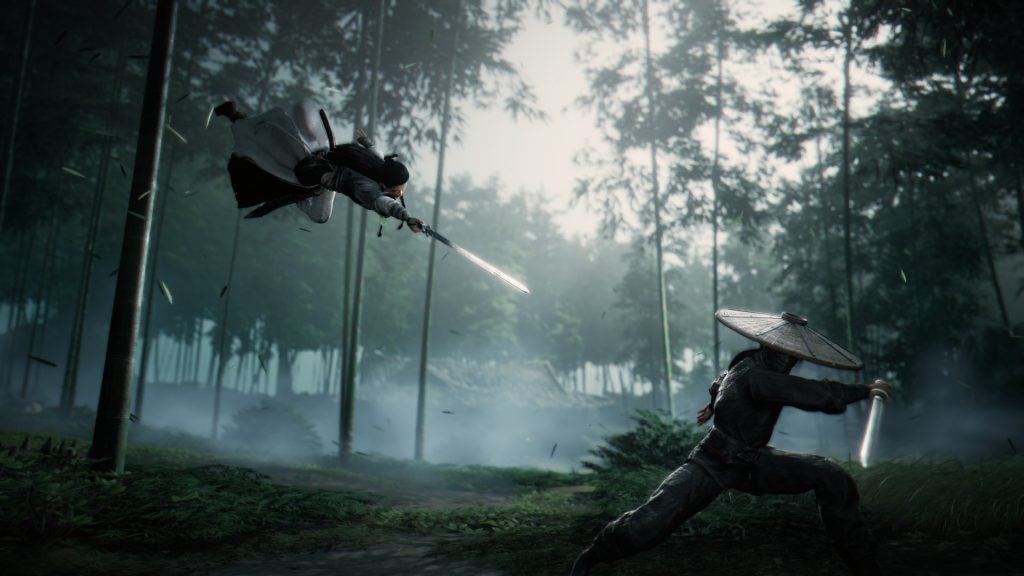
Prior to turning in this article, I booted up “Where Winds Meet” one more time to check on a thing. I got hit with multiple notifications. Special events, the game yelling at me because I haven’t tried out the chess game, among other activities. I wasn’t in the mood to. “No, I am not going to throw myself into the gauntlet of half-baked ideas”, I said to myself, shutting down the game.
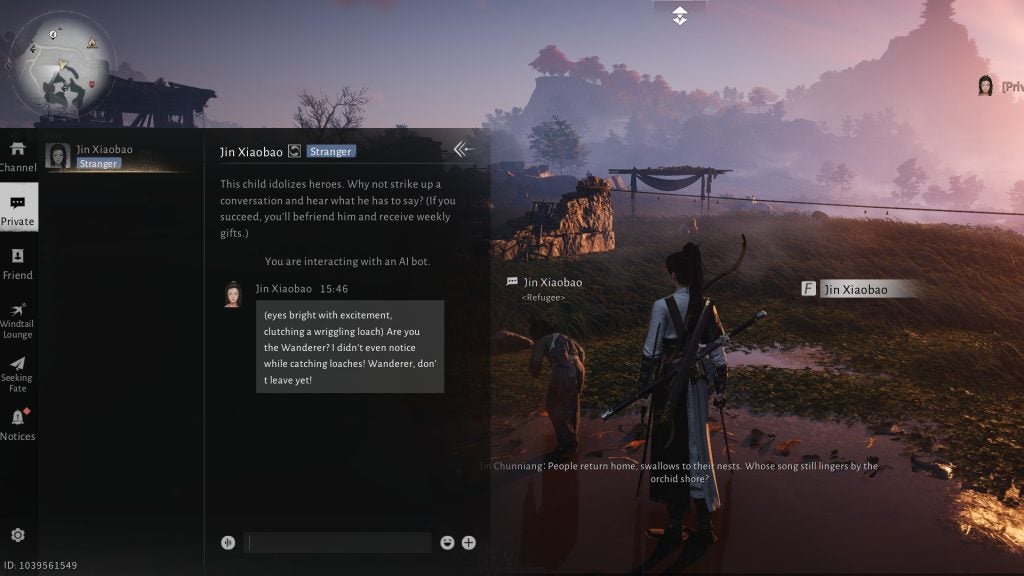
I do applaud Everstone Studio for their ambition, but they cast a very wide net. It almost feels like some of the activities and mechanics in the game are there “just to see what sticks” with the player base. An attempt to appease everyone. And you know what happens when you try to appease everyone? That’s right, you appease no one.
In a better time line, “Where Winds Meet” would be an amazing open world RPG, one I would easily dish out $80 or more to play it. One with a more constrained scope, better pacing, voice acting and translation. Sadly, we live in the bad time line. And my time with it ends here.
A Steam code and NetEase account were provided by the publisher in advance for review purposes
